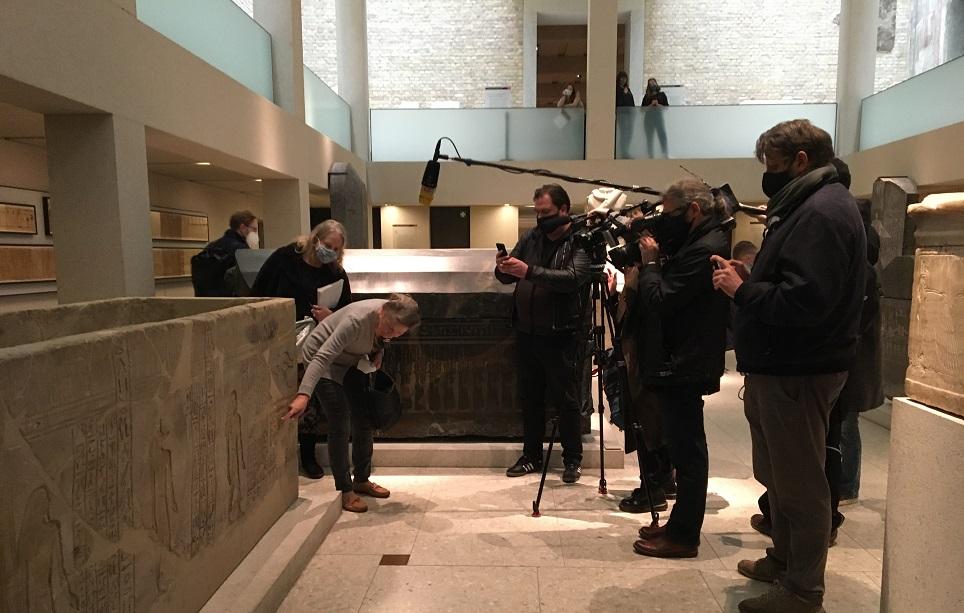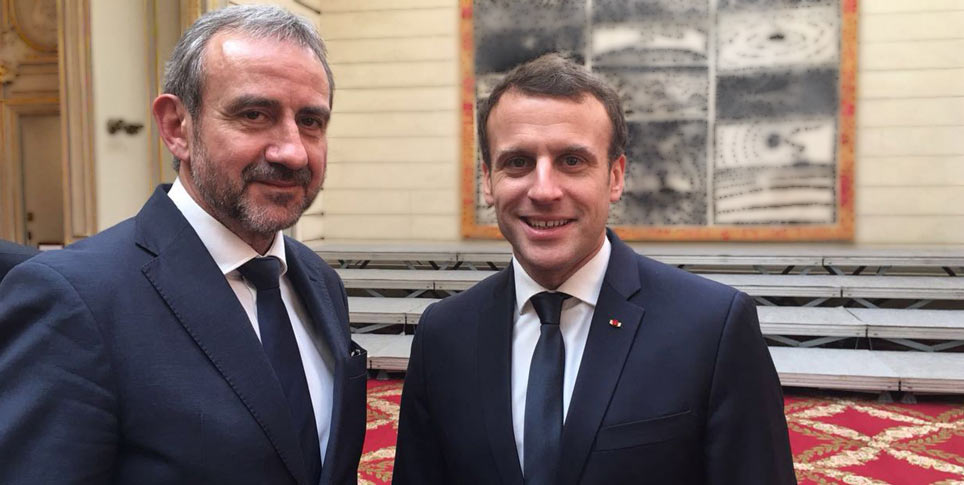On October 3, 2020, exhibits in four museums on the Museumsinsel in Berlin were contaminated with an oily liquid. An act like this, says Hermann Parzinger, President of the SPK, gives him the feeling that, to a certain degree, there has been a loss of awareness: understanding of the true value of cultural heritage, cultural treasures, and museum collections, and acceptance that you do not simply destroy things of this kind. The Berlin State Office of Criminal Investigation is now faced with the challenge of catching the perpetrator(s). We talked to Criminal Director Carsten Pfohl, head of the department responsible for art crime at the Berlin State Office of Criminal Investigation, about how to approach such an unusual case, which has been described as the most damaging attack on ancient art in Germany since the war.
The acts of vandalism committed in four museums on the Museumsinsel in Berlin on October 3, 2020 were of an unprecedented extent. How do you approach such an unusual case?
Carsten Pfohl: The method of investigating the damage to property on the Museumsinsel does not differ in any way from those used in other high-profile cases. First of all, the facts are ascertained and all traces and information that could be relevant as evidence are secured. In this case, that includes securing evidence found on the damaged objects, securing CCTV recordings or the like, and questioning all the potential witnesses. The data thus collected is then analyzed in order to build up suspect profiles.

Museum director Friederike Seyfried shows the press the damage on various objects © SPK / Stefan Müchler
Have you ever experienced a comparable case?
Pfohl: No, the Berlin police have not previously had to deal with an act of this magnitude. The willful damage of cultural property is nothing new in history, however, whatever the motive and the extent, ranging from casual vandalism to the complete destruction of cultural objects and works of art.
It raises the question of how to reconcile museums' need for security with the requirement to be accessible for visitors. What do you think is the right balance between these two demands?
Pfohl: A museum lives from making its exhibits accessible. You can only have one hundred percent security if the exhibits are locked away instead of being displayed. So there will always be a trade-off between security and accessibility. When weighing up one against the other, you start by drawing up a risk analysis in order to identify and assess the possibilities of theft and damage. You use this as a basis for developing and implementing action plans. As a detective, of course, you always want the highest level of security. In the end, however, the final decision on which measures to implement is up to the museum management. It's often quite small changes that improve security: for example, displaying an object in a showcase or behind glass is an easy way of preventing direct attacks. Comprehensive CCTV surveillance of the exhibition paces is also desirable. Although this cannot prevent a crime itself, it may have a deterrent effect and will at least make it easier to investigate any crime that is committed.
The Stiftung Preussischer Kulturbesitz (Prussian Cultural Heritage Foundation), the police and the State Office of Criminal Investigation appeal to any visitor who noticed suspicious behavior in or around the museums on Museumsinsel in Berlin on October 3, 2020 to report it to the Landeskriminalamt, LKA 444 (address: Tempelhofer Damm 12, 12101 Berlin, phone: 030 4664-944409) or to any other police station.






